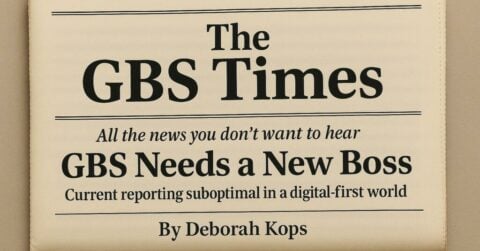
The demise of the mainframe has been predicted every year over the past decade. With digital and cloud transformation becoming the enterprise norm, the death-knell has been getting louder. But, for multiple reasons, mainframes aren’t going anywhere anytime soon.
For example, they are designed for efficiency and allow enterprises to run complex computations in a compact infrastructure with high utilization levels. They receive regular updates that can be applied without any business disruption, making them easily expandable and upgradable. The latest mainframes work well with mobile applications, which are becoming the norm across industries. And the fact that mainframes host some of enterprises’ most critical production data has created somewhat of a lock-in situation.
Despite mainframes’ staying power, a variety of factors – including 1) difficulty integrating mainframe-housed data with the rest throughout the enterprise; 2) the shrinking number of IT professionals who understand mainframes’ architectural complexities; and 3) mainframes’ lack of agility – can prevent enterprises from excelling in today’s digital environment.
Levers Enterprises Can Pull to Maximize Their Mainframe Value
With these issues in mind, some enterprises think they should eliminate mainframes completely from their technology environment. But that’s not the best route to take in the short- to medium-term. Rather, by embracing the best of mainframes and digital technologies, they can gain on operational costs and capital invested and realize business flexibility and agility without a loss of continuity or high mainframe efficiency levels.
Our Recommendations on How You Can Achieve Maximum Value from Your Mainframes
Mainframe upgrades – The latest mainframe releases mimic the benefits offered by the cloud. If you haven’t upgraded to the newest release, you should consider doing so now.
Phased retiring of applications – For applications that can work as effectively on the cloud as on mainframes, you should develop new ones on the cloud and slowly phase out the old ones from your mainframe. This approach will avoid business disruptions and help you quickly build new services while still being able to access real-time mainframe data.
Mainframe-as-a-Service (MaaS) –If you’re looking to go asset light, you can adopt MaaS, wherein your existing mainframe assets are transferred to a services provider. In these arrangements, you’ll be charged on an actual consumption basis if you meet a minimum volume commitment. You’ll gain the most value from MaaS when you use it in conjunction with phased retiring of applications, because it will allow you to gain the benefits of a consumption model while preparing your cloud environment in parallel.
Automated migration to modern tech stacks – Multiple tools and services are available to migrate a legacy stack (such as COBOL-based) to a newer stack (such as Java-based or .Net-based,) in an automated fashion. Given the variety of mainframe languages, databases, and infrastructure technologies going into the migration, you should always adopt a custom migration approach.
Wrapper approaches – In the short-term, instead of migrating away from your mainframe, you can augment it with agile data services that enable data interoperability with the rest of your infrastructure. You can also run emulators on the cloud and host legacy application code with minimum changes.
Mainframes are far from dead and will continue to form the backbone of many large enterprises in the near future. However, to excel in today’s digital world, you need to reconsider your mainframe strategy to get the best of all emerging digital technologies. Of course, there is no one size fits all solution. So, you’ll need to take a customized approach, combining the various transformation levers that are most applicable to your enterprise’s unique situation.
How do you think mainframes will fare in the digital world? Please share your thoughts with me at [email protected].








